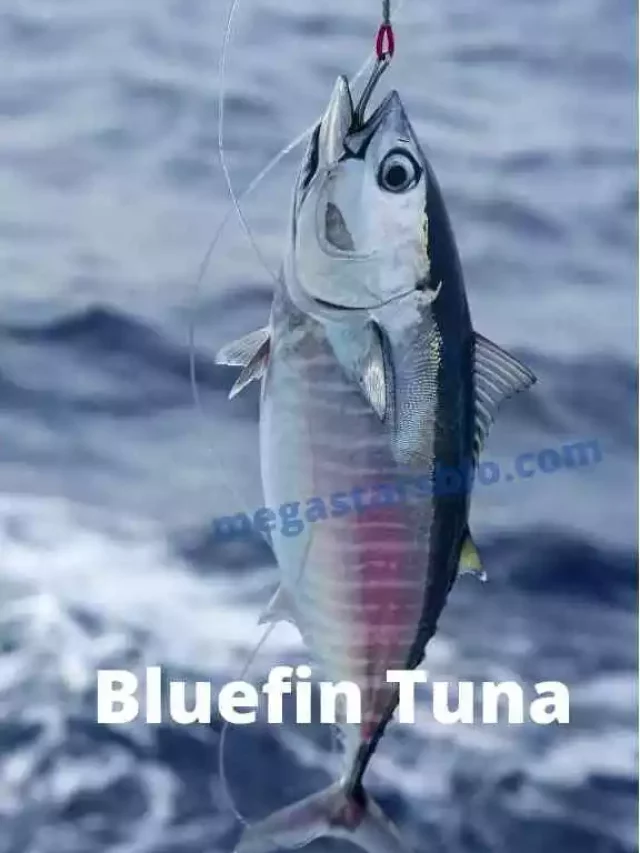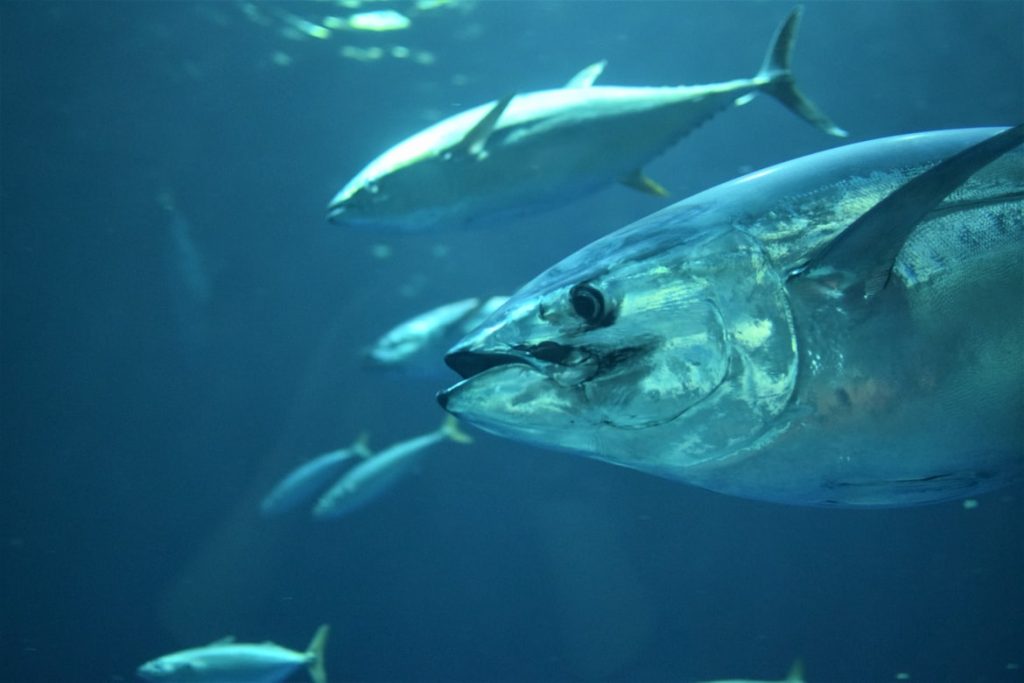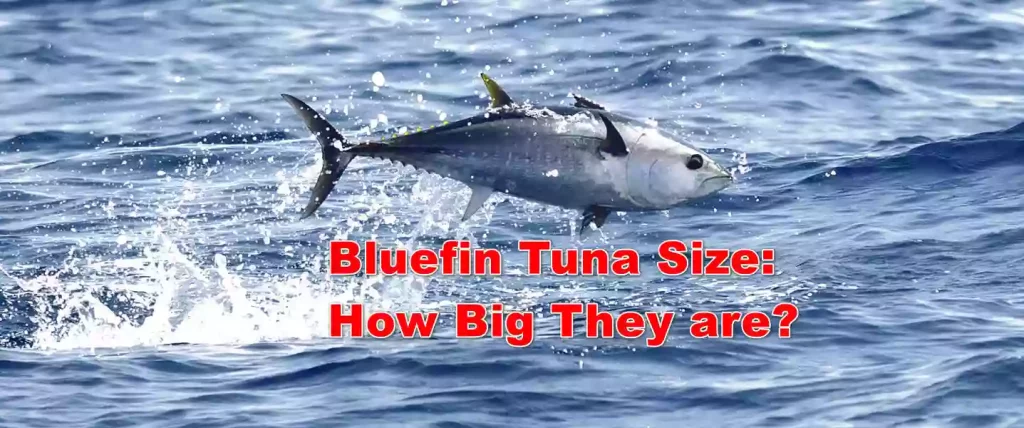There are three types of bluefin tuna, which can be found throughout the Atlantic Ocean, the Mediterranean, and the Gulf of Mexico. Bluefin tuna comes in three different varieties found throughout this region only.
Bluefin tunas tend to have body colors that vary from ultramarine to silvery and flecked with white, with a silvery-white or bluish-gray underbelly. There is a silvery-white or blue-ish gray underbelly as well as shades of blue on the body of a bluefin tuna. There is a splash of gray on the second dorsal fin and the tail fin is dark blue, with a dorsal fin that is mostly gray with some yellow tints.
They are often confused with their close relative, the yellowfin tuna, because of the yellow tones in the second dorsal fin.
Why Tuna Muscle and Bones Are Deep Red?
Table of Contents
The tuna’s muscles and bones are a deep red, this is because the tuna’s muscles are red due to the presence of myoglobin which is an oxygen-carrying blood pigment. The color can vary by location, age, feeding habits, and health.
Bluefin Tuna have iridescent blue or silvery scales on their sides, although they appear to be solid silver when they swim. The scales are not that visible when they are still because it is covered by another layer of thin skin which gives an appearance of smoothness. Beneath the thick skin lies iridescent blue or silver scales which give a glistening effect upon movement.
How much Weigh Bluefin Tuna Can Be?
Bluefin is a Pacific species, and they are not known to travel far from water. Bluefin tuna can grow over 3 meters long and weigh up to 680 kg to 800 kg (1,724 pounds). They eat anything smaller than themselves as well as squid, dolphins and other fish. They are also known to take mammals such as dolphins and sea lions by using their precise swimming skills.

When the tuna swim into shallower waters where there is little competition for food, they form schools of 10-100 or more. When the bluefin migrates into estuaries, the behavior of these schools changes from a schooling one to one that feeds in a scattered manner.
How Many Species of Bluefin Tuna are there?
Tunas are members of the tribe Thunnini, which is a subfamily of the mackerel family.
The Thunnini family includes 15 different species of tuna varying in size and shape. These types of tuna are further subcategorized into “true tuna” species such as the yellowfin group and bluefin group.
Bluefin tuna are classified by some experts as three distinct species: the Atlantic, Pacific, and Southern.
In addition to bluefin tuna, some experts suggest separating bluefin into five different classifications, including Bigeye and Longfin tuna.
The Atlantic bluefin tuna is unquestionably the largest species and, along with the Pacific bluefin, the most common. The bluefin tuna is warm-blooded but they thrive in cooler water. These are storage things, why do they thrive in cold water the answer is still not clear yet.
Size And Appearance of Bluefin Tuna According to their Geo Locations
It can be difficult to detect the difference between bluefin tuna and other tuna species, such as yellowfin tuna, at first glance, due to the similar shape and appearance of bluefin tuna. However, there is one significant difference between the two: size. The biggest difference between them is size no one can deny…..
As we already said Bluefin Tuna is one the largest ones in their category. In view of its large size, bluefin tuna is among the most prominent varieties of tuna with an average weight of 60 to 245 kgs or 130 to 300 lbs, and an average length between 1 and 2 meters. In feet and Inches Scales it can be up to 3.3 feet to 6.6 feet long in their height.
Weights can reach 1,500 pounds to 1800 pounds or 680 kg to 800 kg for the Atlantic species.
Swordfish and marlins are similar in size. In water, they are among the fastest animals on earth because their bodies are designed for quick movement. The creatures are shaped like footballs or torpedos, so they can endure and move quickly as predators. Their special shapes favor them to become successful predators while hunting.
Bluefin tunas have mostly dark blue bodies to match their dark blue tail fins, and they have silvery or blue-grey underbelly patches.
In addition to the short pectoral fins, there is a colorful gray and yellow second dorsal fin.
While a bluefin’s vibrant colors are both beautiful and practical, they serve as a disguise from predators below as well as above the surface of the water. Unfortunately, when they are caught, some of their vibrant colors are lost.
Also Read: Vicky Stark Fishing Skils
The allure of the Bluefin Tuna! Why are lots of people Attracted to Bluefin Tuna?
There are many people who depend on bluefin tuna for food and income, in addition to being a source of seafood.
A prominent part of sophisticated seafood dishes, this fish carries significant prestige as one of the most expensive. There was a report in Asia that an Atlantic bluefin was sold for around $3 million.
Despite its high-fat content, bluefin tuna is a delicious fish that has excellent quality meat. You can consume this type of fish without cooking it. As a result, it works well in Japanese raw food cuisines such as sushi and sashimi.
The underbelly of a bluefin fish is used in a specialty type of sushi called “Otoro“, which is the most expensive part of the fish.
Bluefin tuna is one of the most sought-after fish among fishermen as well as anglers since they cannot resist the allure of catching one of the largest and most expensive fish in the world.
Currently, bluefin tuna is an endangered species due to its high demand and overfishing for food and recreation.
There has been a designation given to the Southern bluefin tuna by the International Union for Conservation of Nature (IUCN) providing classifications of critically endangered species. There is a possibility that they could become extinct within quite a short period of time.
It is important to note that bluefin tuna make a huge contribution to the balance of the marine ecosystem, so their importance cannot be understated.
You know, It cannot be overstated that bluefin tuna play a significant role in maintaining a healthy marine ecosystem, because it strongly contributes to marine ecosystems. It plays a vital role in maintaining and balancing marine exosystems.
To combat illegal fishing, international regulations and implementation of their suitable habitat for conservation efforts must have to taken as first priority to protect bluefin tunas and their natural habitat.




